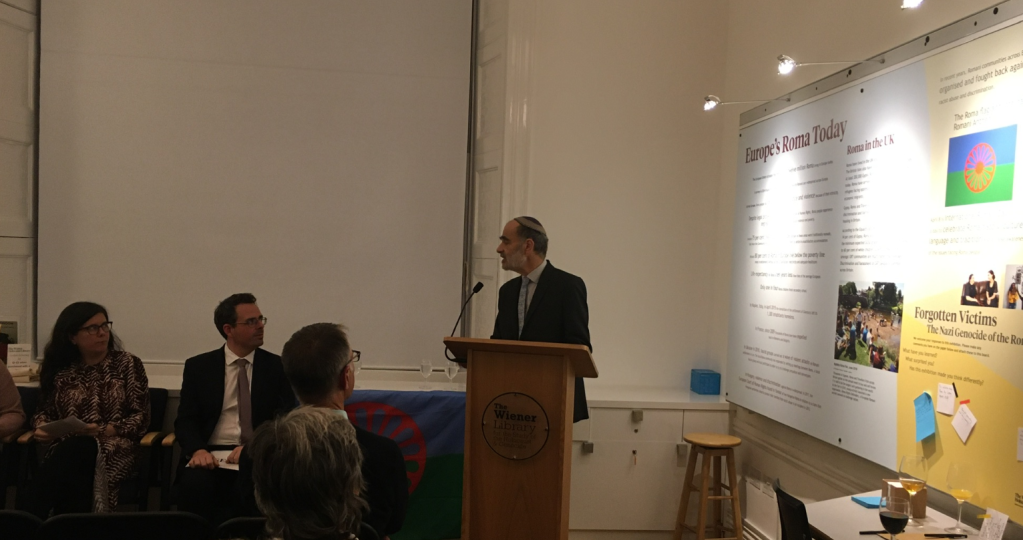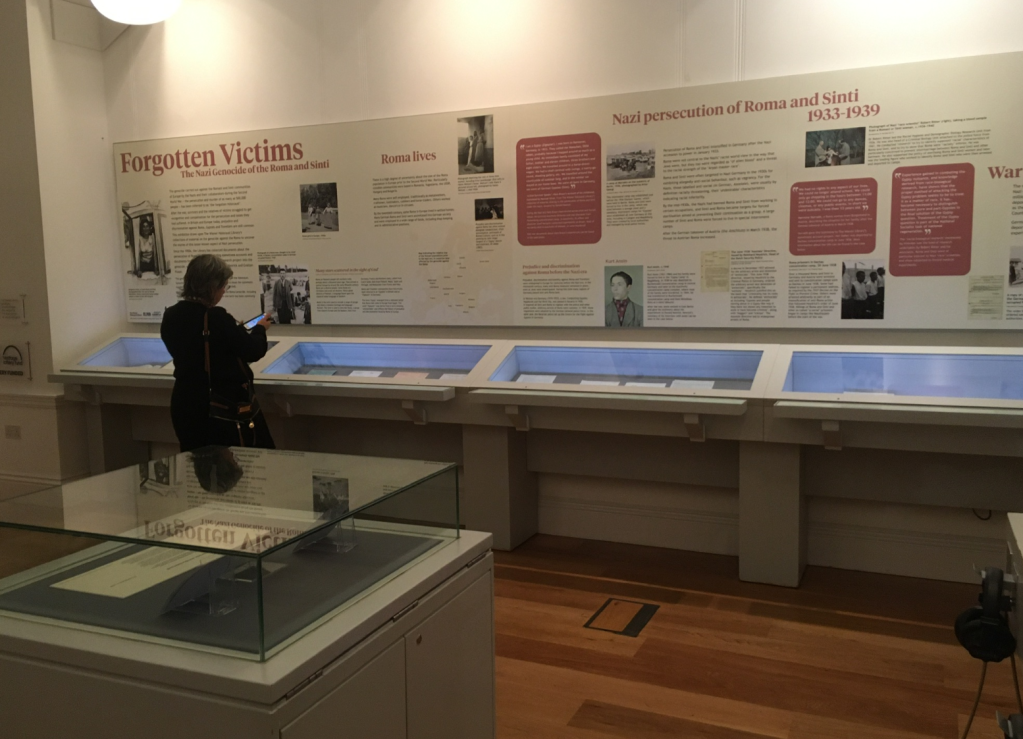Wiener Library launches moving Holocaust exhibition dedicated to Roma victims
- Filip Sys
- Oct 31, 2019
- 2 min read
The Wiener Library’s moving exhibition...will continue to inform the general public about who Roma are, their rich culture, what they suffered and what they continue to struggle against.
The Nazi ‘cleansing’ of ‘undesirables’ was an attempt to remove diversity from European societies. Over 6 million Jews bore the brunt of Nazi racial engineering in extermination camps and at the hands of murderous Einsatzgruppen. Also persecuted were homosexuals, members of the clergy, disabled people, political dissidents and Roma communities. The term “Holocaust” has suffered academic and political controversy. Is it a synonym for only the Jewish experience? Are other groups adequately represented within the wider Holocaust memorial movement? And, how do we best commemorate all victims?
The Wiener Library, the oldest institution dedicated to the collection and study of Holocaust materials in the world, has tackled one of the most overlooked aspects of the Holocaust - Roma victims. Whether it is politicians denying the existence of Roma concentrations camps, the persistent segregation of Roma children in schools or racially motivated killings at the hands of the police, remembering the Holocaust (or what is known as the Porajmos for Roma) is vital in not only remembering those murdered by the Nazis, but also those who continue to suffer discrimination in Europe.
Just off the Bloomsbury Campus, the informative and tasteful exhibition presented clear evidence of the systemic efforts of the Nazi regime to liquidate Roma communities, the language used to racially profile, testimonies of brave and disturbing stories and the modern day discrimination faced by European Roma. As one Roma speaker said at the launch, some Romani dialects were completely eradicated because every speaker was murdered. The EU recognises formally about 500,000 Roma victims of the Holocaust, but the number is theorised to be more than double that number. Documents, testimonies and bodies are still being found today. The Nazis failed to eradicate the Roma and, at an estimated population of 10-12 million in Europe, they stand as the continent’s largest minority.
What the Wiener Library demonstrated, in a packed room of students, academics, religious leaders and activists, is that ignorance or unawareness of documented discrimination can no longer be acceptable. I was once asked “what is Roma?” when filling out an employer’s diversity form. I very happily explained, but I hope that the Wiener Library’s moving exhibition, created with a palpable sense of responsibility, will continue to inform the general public about who Roma are, their rich culture, what they suffered and what they continue to struggle against.
Rabbi Jonathan Wittenberg was one of the keynote speakers at the launch on Wednesday night. Drawing from biblical texts, he spoke about the moment that God asked Cain, “where is your brother?”. In the future, when we commemorate all Holocaust victims, instead of not knowing who they were, we can instead say: “he is here, and he is my brother”.









Comments